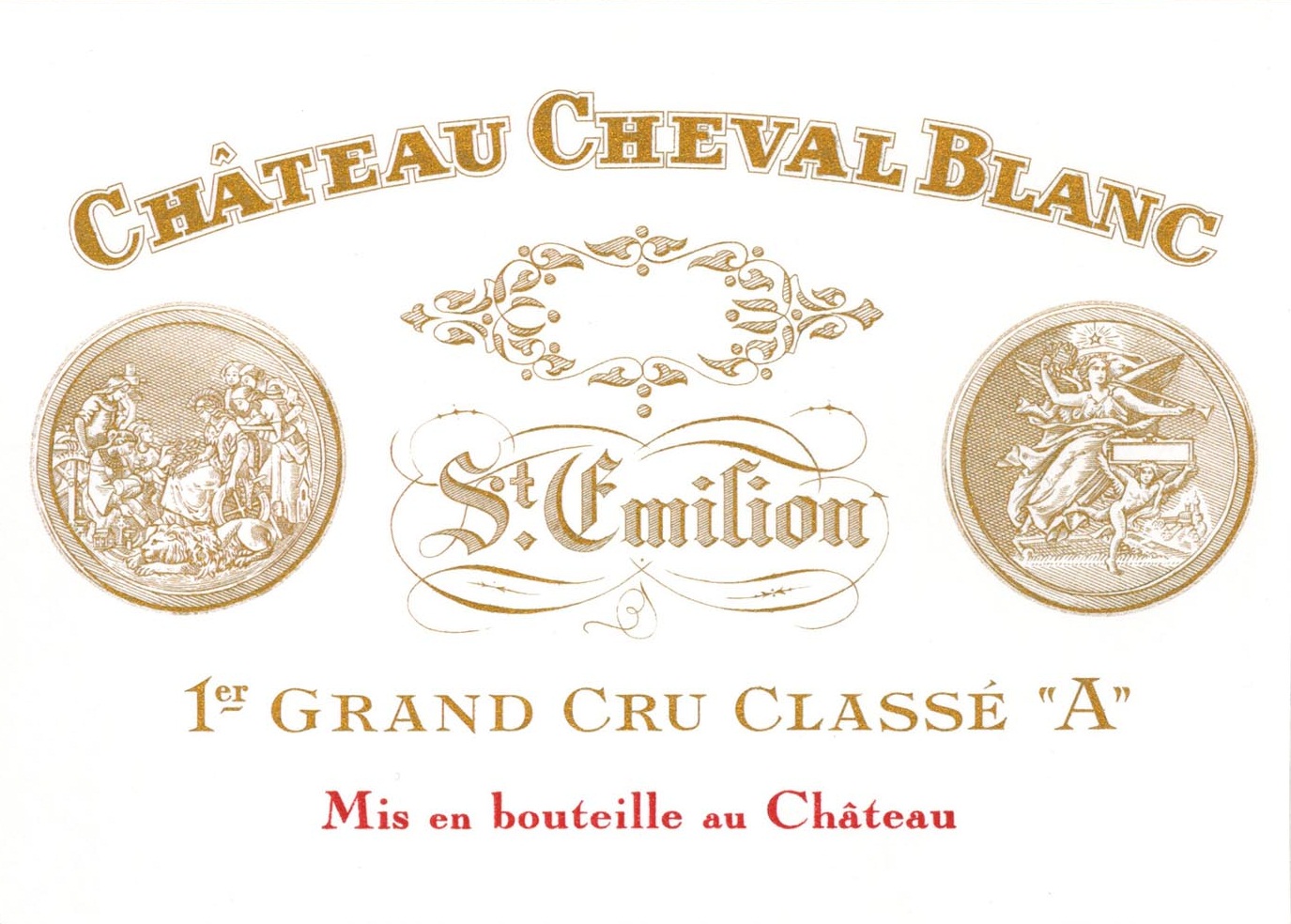Chateau Cheval Blanc
2015
Country
France
Region
Bordeaux
Appellation
Saint-Emilion
UPC
0 15643 50657 4
Background
The bud-break of the vine was correct, and flowering took place in fairly good conditions. Despite a near average berry weight, performance was fairly significantly below the normal value for both varieties.
Early water stress reduced the size of the berries for Merlot. The rains of August further impacted the weight of Cabernet franc berries, a later variety.
The composition of the must reflected the good ripening conditions. The grapes were rich in sugar and low in malic acid. The average degree of Cabernet Franc was slightly higher than the Merlot, which had already been observed in 2011. However, thanks to the cool conditions of the end of the season, the pH steeping were lower than the mean values and the grapes kept a very good aromatic freshness. They were moderately rich in phenolic compounds.
The grapes were poor in nitrogen, especially for Merlot. This low nitrogen supply poses no qualitative problem, but the vats needed added nitrogen to ensure a good fermentation of the musts.
2015 is a dry year, punctuated by rain at veraison. The beginning of the year was hot and cooler temperatures were recorded during the ripening period. These climatic conditions were favorable for maturation. The wines of 2015 are particularly harmonious and balanced.
Early water stress reduced the size of the berries for Merlot. The rains of August further impacted the weight of Cabernet franc berries, a later variety.
The composition of the must reflected the good ripening conditions. The grapes were rich in sugar and low in malic acid. The average degree of Cabernet Franc was slightly higher than the Merlot, which had already been observed in 2011. However, thanks to the cool conditions of the end of the season, the pH steeping were lower than the mean values and the grapes kept a very good aromatic freshness. They were moderately rich in phenolic compounds.
The grapes were poor in nitrogen, especially for Merlot. This low nitrogen supply poses no qualitative problem, but the vats needed added nitrogen to ensure a good fermentation of the musts.
2015 is a dry year, punctuated by rain at veraison. The beginning of the year was hot and cooler temperatures were recorded during the ripening period. These climatic conditions were favorable for maturation. The wines of 2015 are particularly harmonious and balanced.
Weather
Temperatures and rainfalls were close to normal values in the first three months of the year. The rest of 2015 was particularly dry, with the exception of a rainy episode in the first fortnight of August. Accumulated precipitations for the year amounted to 535 mm, the second lowest value in 20 years. Only 2005 was dryer (501 mm). Temperatures were well above the normal values from April to August included. The months of September and October were dry and rather cool. With the exception of quite heavy rain on October 2, the vast majority of the harvest took place under dry weather.
